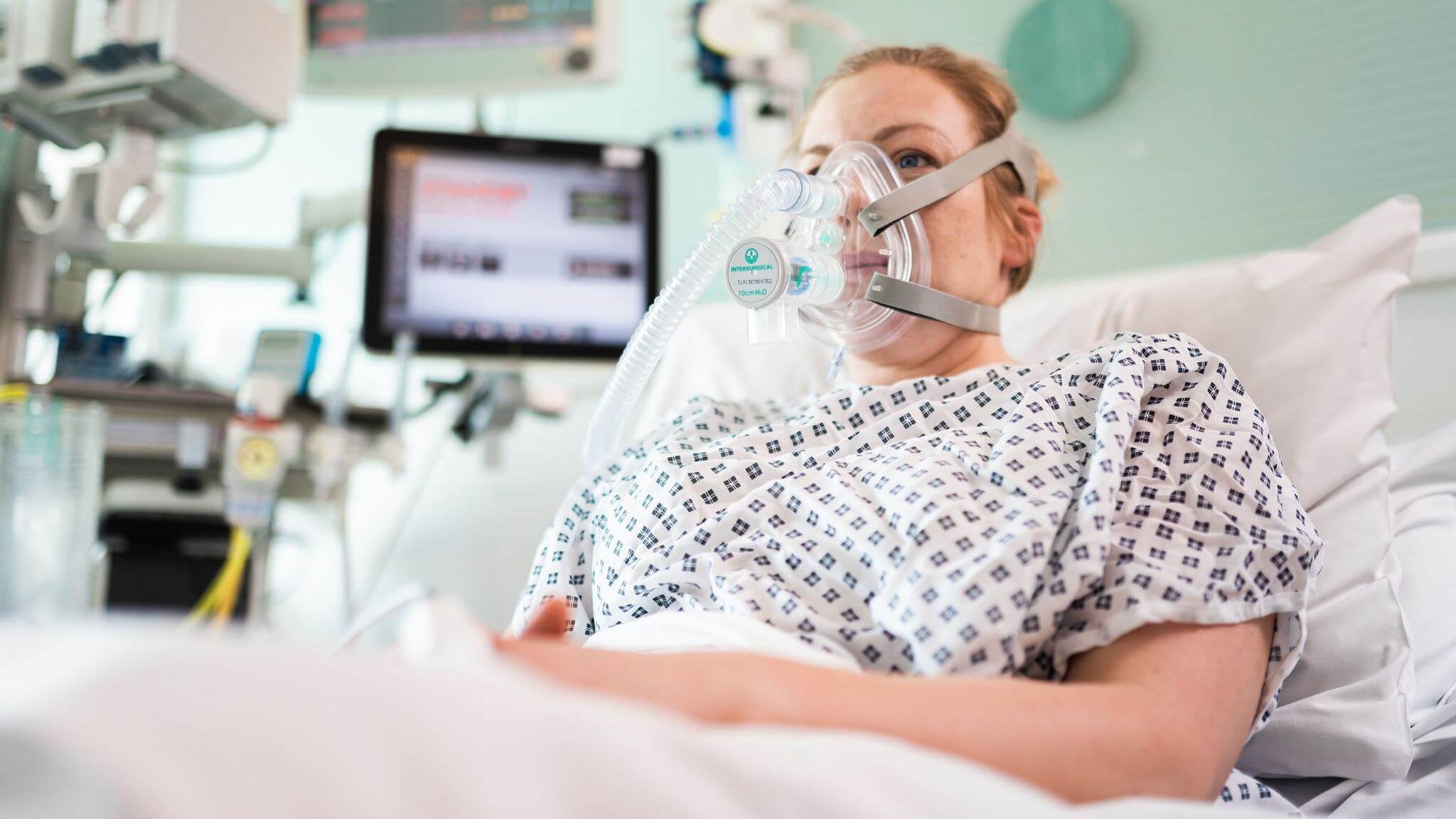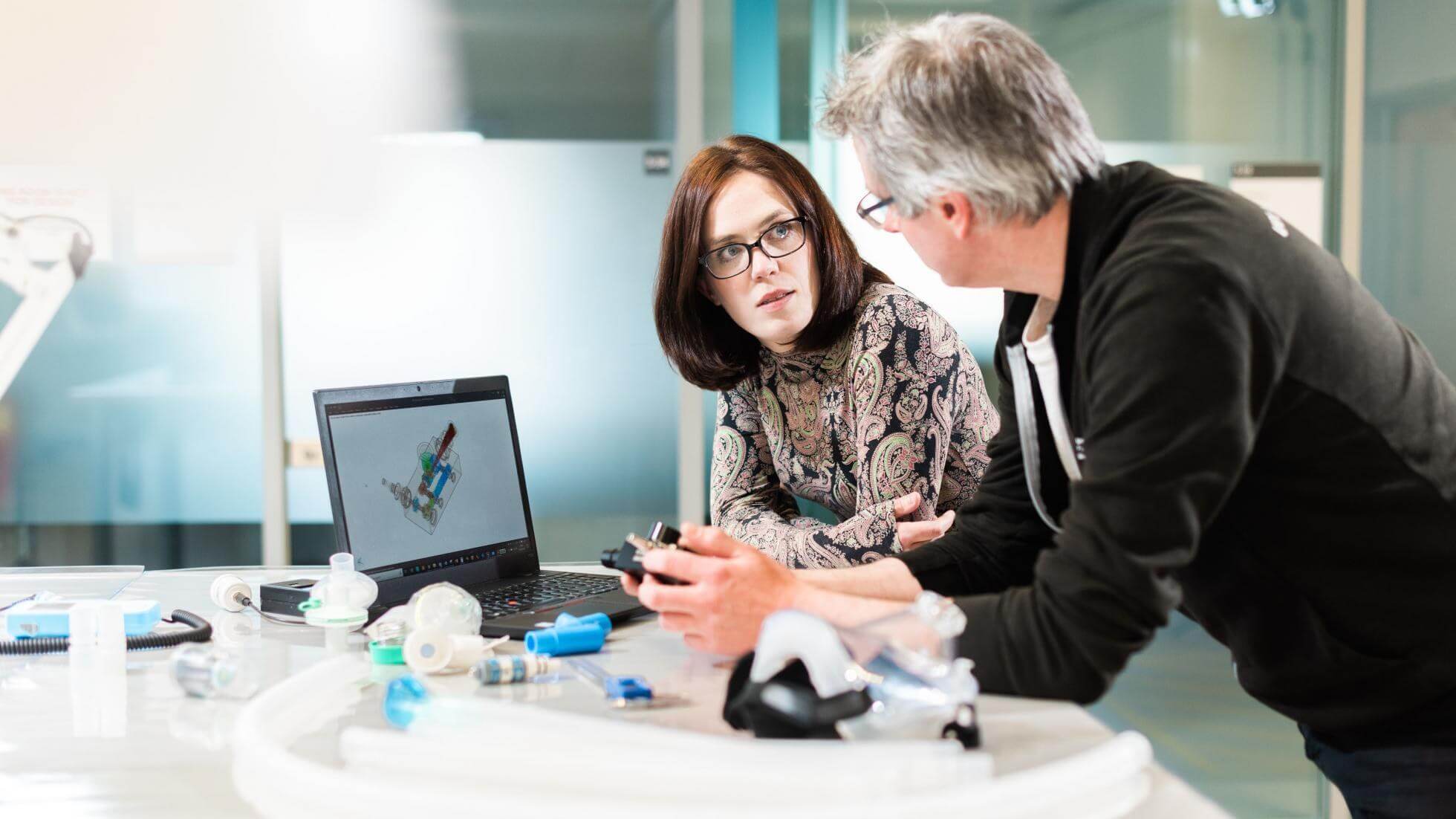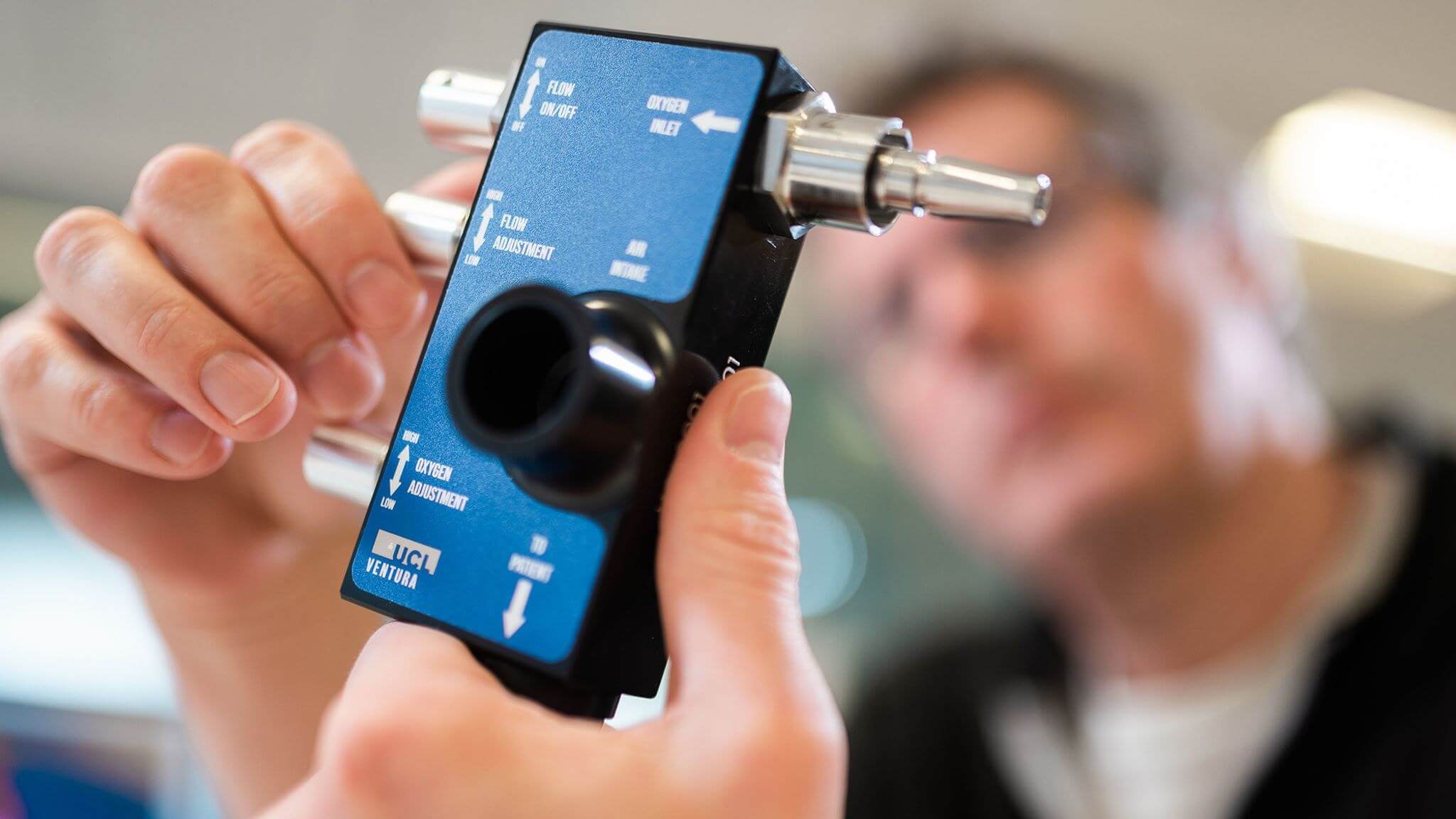Why it matters: More non-medical companies are developing equipment to help those infected with Covid-19. The latest of these is the Mercedes Formula One team, which has helped create a breathing aid that could keep patients out of intensive care.
Engineers and clinicians from University College London worked with Mercedes F1 to create the continuous positive airway pressure (CPAP) device, which has already been used in China and Italy.
As reported by the BBC, CPAP pushes a steady flow of air-oxygen mix into the mouth and nose of patients. The pressure means the lungs stay open, increasing the amount of oxygen that enters the organs. This reduces the effort needed to breathe in, which can be especially difficult when Covid-19 has caused the alveoli---air sacs in the lungs---to collapse.
CPAP uses a mask or a transparent hood over the patient's head, making it less invasive than a ventilator.

Italy reports that around 50 percent of patients that were given CPAP didn't need to be placed on a mechanical ventilator.
"These devices will help to save lives by ensuring that ventilators, a limited resource, are used only for the most severely ill," said Professor Mervyn Singer, a critical care consultant at UCL Hospital.
"While they will be tested at UCL Hospital first, we hope they will make a real difference to hospitals across the UK by reducing demand on intensive care staff and beds, as well as helping patients recover without the need for more invasive ventilation."

The first CPAP device was produced in under 100 hours, and forty of the new machines have been delivered to ULCH and to three other London hospitals. If trials are successful, up to 1,000 can be produced each day by Mercedes-AMG-HPP.
Elsewhere, several companies are now making standard ventilators, which are in short supply in the UK. Racing teams Haas F1, McLaren, Mercedes, Red Bull Racing, Racing Point, Renault Sport Racing, and Williams have joined Airbus, Rolls-Royce and Siemens to produce the devices.
We recently reported that Dyson had built a ventilator in just ten days using its digital motor technology, and plans an initial run of 15,000 units.
